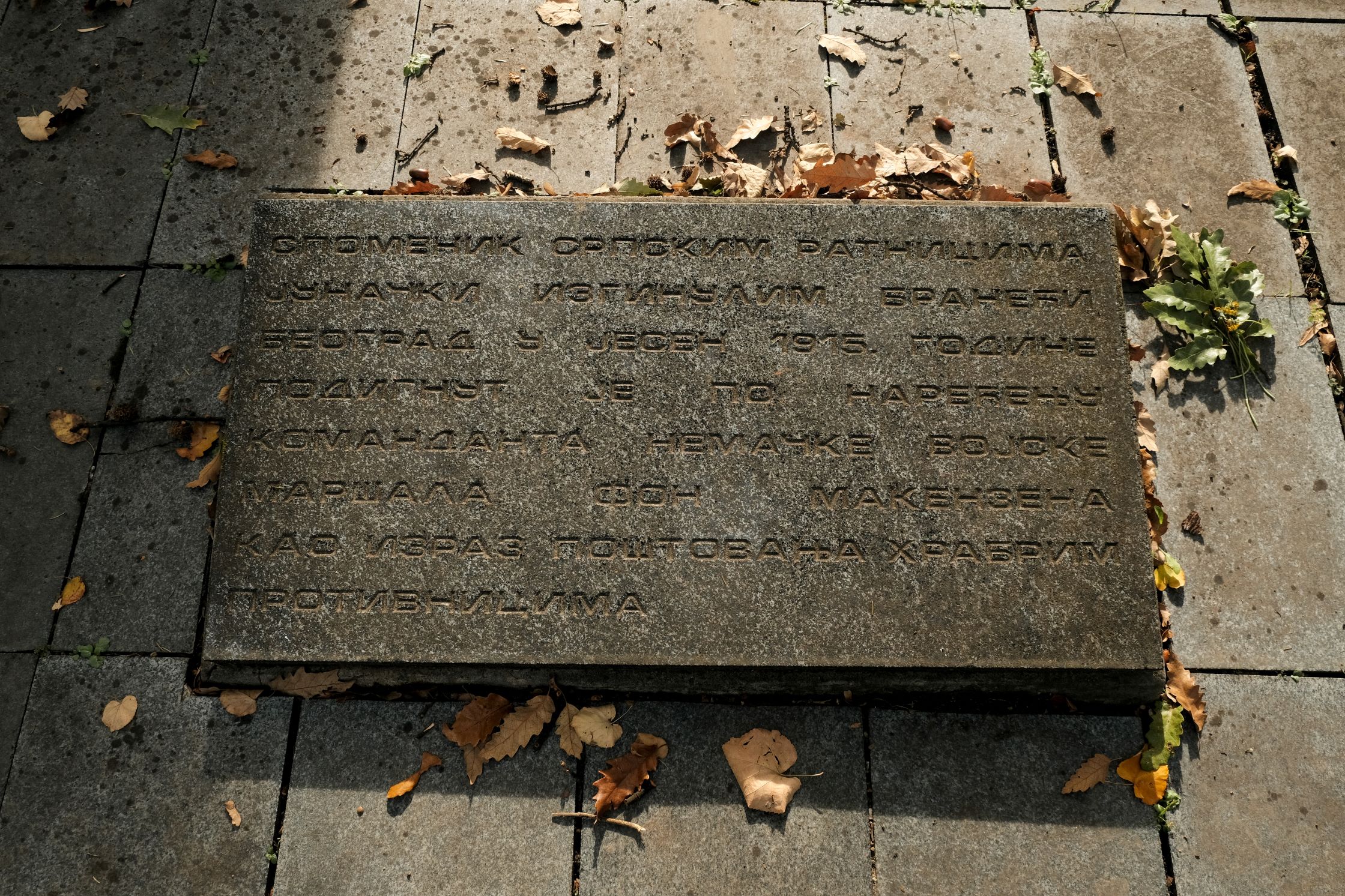WHERE ARE THEY?
Foreign military cemeteries - British, Italian, French, Bulgarian, and Austro-Hungarian - are located in the New Cemetery in Belgrade.
THE HISTORY
Immediately after the end of World War I, the Kingdom of Serbs, Croats, and Slovenes initiated the regulation of the burial of soldiers and the marking of their graves. In 1919, Regulations were enacted, followed by the Law on the Regulation of Domestic Military Cemeteries and Graves at Home and Abroad in 1921. This law also covered the graves of fallen soldiers who were citizens of Germany, Austria, Hungary, and Bulgaria, buried on the state's territory. This law was enacted following the conclusions of the Versailles Conference, which envisaged the registration and maintenance of all military cemeteries, as well as individual graves of Serbian and foreign (both Allied and enemy) soldiers, regardless of their location or the deceased's religion. As a result of this law, 1,815 Serbian cemeteries were established across 18 countries throughout Europe, North Africa, and the Middle East. Two of the largest Serbian military cemeteries abroad were the one in Zeitenlik in Thessaloniki, Greece, where 7,441 warriors were buried, and the one in Jindřichovice, Czech Republic, which holds the remains of 7,100 Serbian and 189 Russian soldiers.

THE FRENCH MILITARY CEMETERY
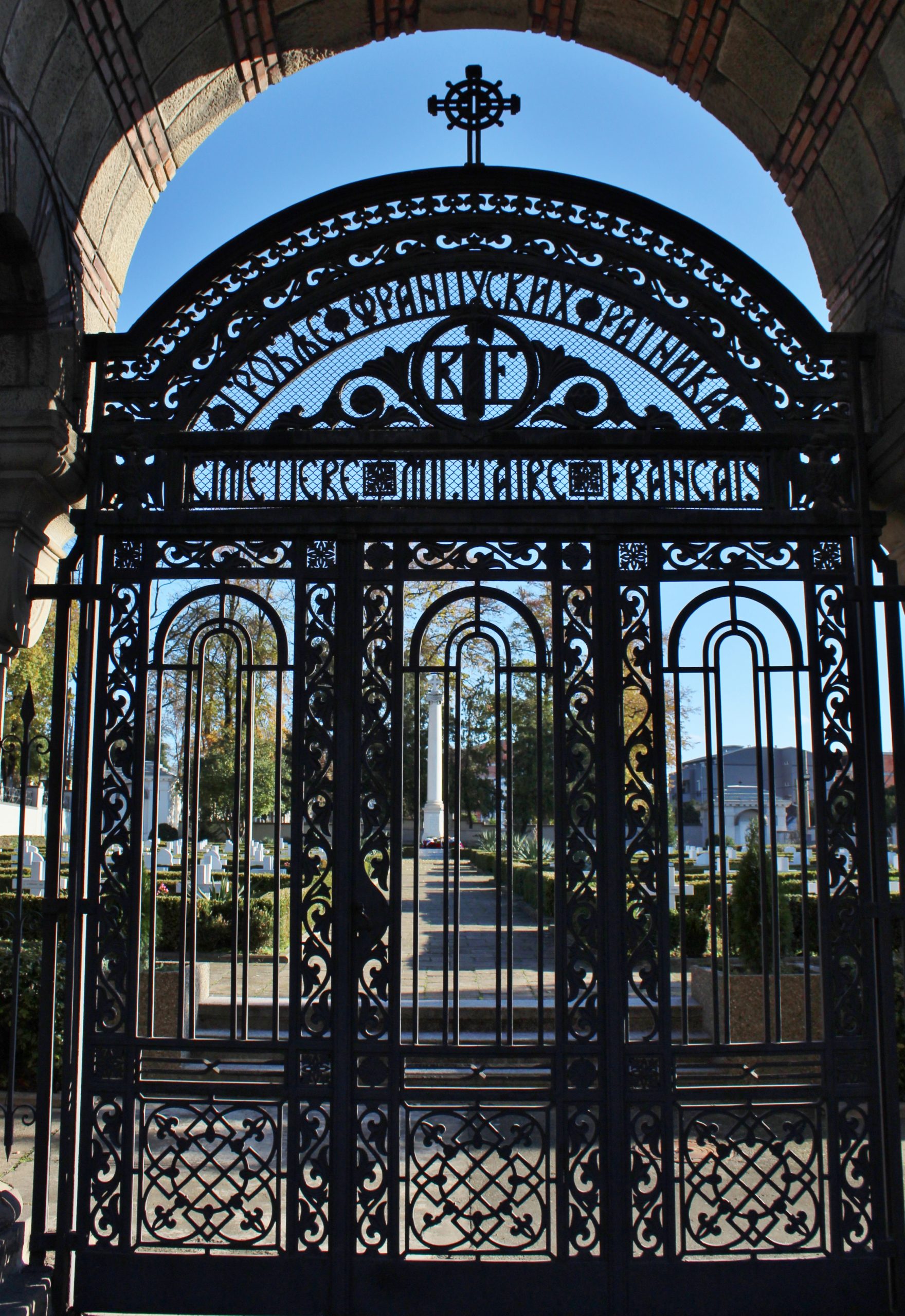
BRITISH MILITARY CEMETERY
The British Military Cemetery was established in 1947 with the aim of relocating British soldiers killed during World War II throughout Yugoslavia. It is located along Sv. Nicholas Street next to the Italian cemetery. 348 pilots shot down over Yugoslavia, 77 soldiers and 57 sailors killed in the Second World War were buried.



THE ITALIAN MILITARY CEMETERY
The Italian military cemetery is located towards today's St. Nicholas Street. The cemetery was completed in 1931 in accordance with the tradition of Italian military cemeteries. It is entered through a massive fence made of concrete and wrought iron. Italian volunteers who died in the First World War are buried in this area.

AUSTRO-HUNGARIAN MILITARY CEMETERY
The Austro-Hungarian military cemetery was completed in 1933 in the New Cemetery. It occupies the southern part of the New Cemetery with a central chapel among two extended colonnades. The designer of the chapel is not known, but it is known that the author of the relief on the chapel is Peter Gindert. 260 Austro-Hungarian soldiers who died in the battles around Belgrade, and 460 Austro-Hungarian soldiers who died in captivity during 1914/15 were buried in the cemetery.


RUSSIAN WAR CEMETERY
Within the area of the Russian cemetery, there is a Russian ossuary dedicated to Tsar Nicholas II Romanov and the soldiers who perished in World War I. The monument, known as the Monument to Russian Glory, stands above the ossuary in the form of a tall monolithic column with a figure of Archangel Michael. It was designed by architect Roman Verkhovskoy and completed in 1936. Within the Russian sections, there is another smaller chapel dedicated to Russian officers, but information about the builder and the time of its construction is not known. In close proximity to these monuments, there are graves of Russian citizens marked with simple Russian Orthodox crosses.


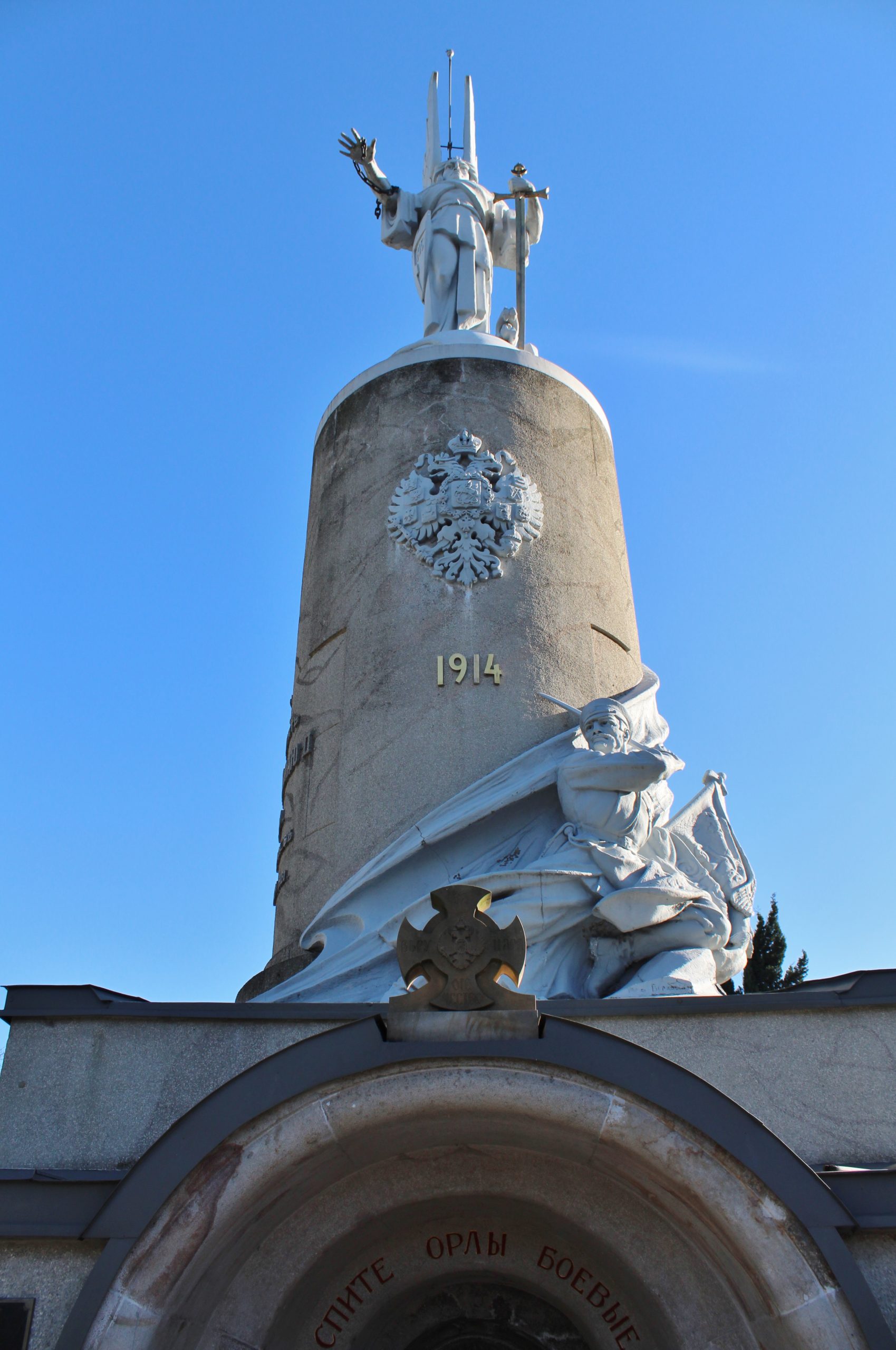
KOMPLEKS NEMAČKOG VOJNOG GROBLJA
Kompleks Nemačkog vojnog groblja nalazi se u parku Košutnjak, na mestu gde su tokom Prvog svetskog rata vođene borbe za osvajanje Beograda.
Groblje je nastalo 1915. godine, tokom zajedničke Austrougarsko-nemačke ofanzive. Tada je maršal August fon Makenzen odabrao ovo mesto za vojno groblje. Monolitni spomenik, oko kojeg je podignuto groblje, posvećen je 208. pruskom pešadijskom puku.
Groblje je održavano u međuratnom periodu a ponovo je korišćeno tokom Drugog svetskog rata, kada su na njemu sahranjivani pripadnici SS odreda.Posle Drugog svetskog rata, groblje je oštećeno zbog političke odmazde prema pripadnicima okupacione vojske. Mermerne nadgrobne ploče su uništene, a betonski spomenici iz Prvog svetskog rata su delimično sačuvani. Ono što je ostalo od groblja je delimično konzervirano 1985. godine.
Obeležavanje i uređenje vojnih grobalja iz Prvog svetskog rata, predstavljalo je sastavni deo obavezne komemorativne evropske prakse regulisane već prvim mirnim razgovorima između bivših neprijateljskih strana.


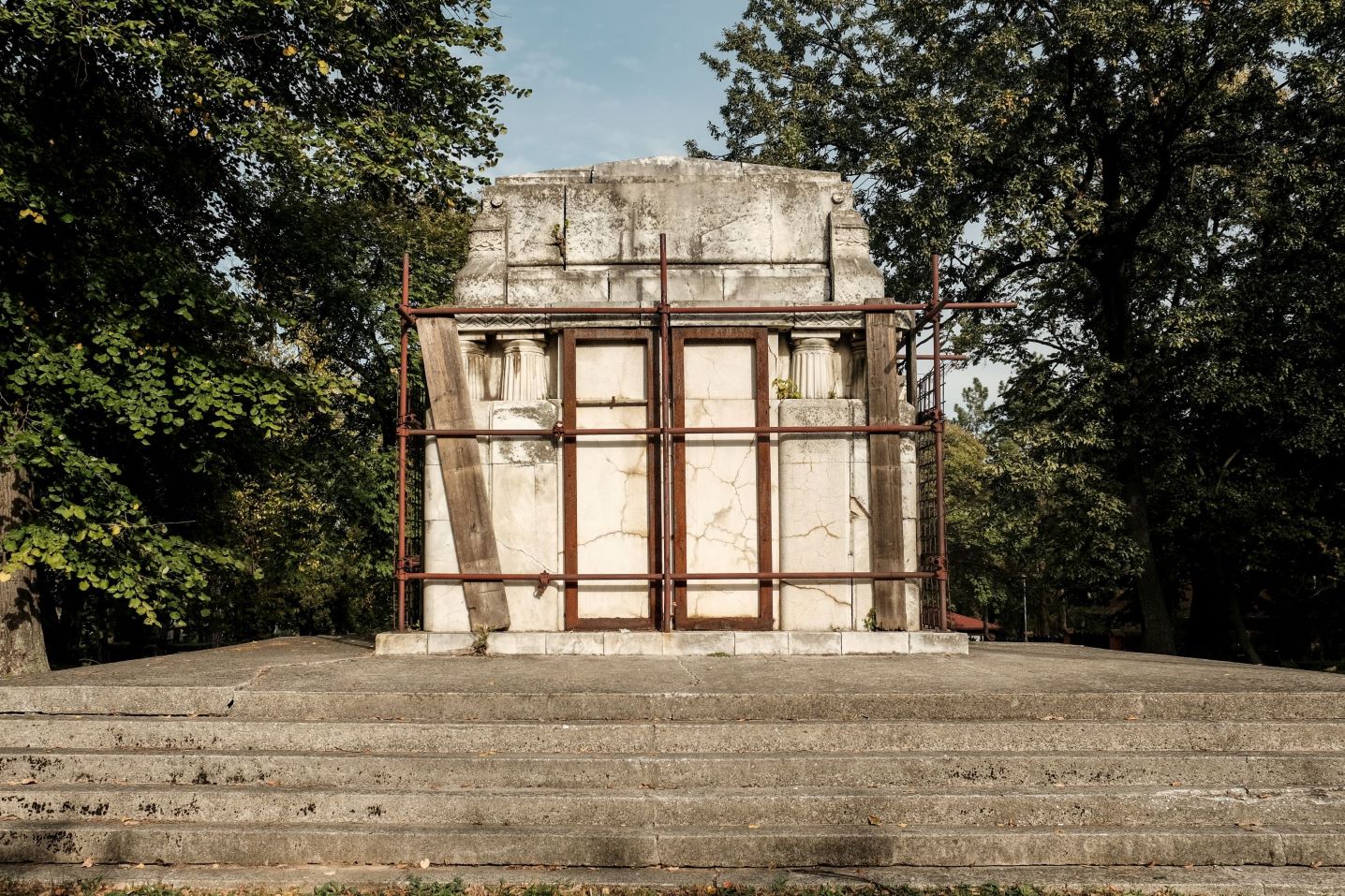
SPOMENIK SRPSKIM VOJNICIMA
U sklopu ovog memorijalnog kompleksa nalazi se i spomenik srspkim braniocima Beograda. Vojnici 208. pruskog pešadijskog puka vodili su tešku dvodnevnu bitku protiv branilaca Beograda sastavljenih od 36 pripadnika srpske vojske, dvojice Britanaca i jednog Francuza.
Za vreme Prvog svetskog rata, praksa sahranjivanja vojnika neprijateljskih strana bila je prisutna i u Srbiji i Evropi. Ovakav čin primenjivale su i savezničke i nemačka armija sa ciljem očuvanje sećanja na sve strane u Prvom svetskom ratu i ukazivanja poštovanja prema svim vojnicima. Groblja su često obeležena tako da jasno pokazuju da su tamo sahranjeni i neprijateljski vojnici.
Maršal August fon Makenzen podigao je, u okviru nemačkog groblja i spomenik posvećen srpskim vojnicima sa dvojezičnim natpisom: "ovde počivaju srpski junaci". Ovaj gest može se tumačiti na različite načine, ali pre svega izraz je poštovanja prema hrabrosti i vojničkoj veštini protivnika u borbi za Beograd. Bez obzira na motive, takvi gestovi su relativno neobični tokom rata, i spomenik ostaje važno istorijsko nasleđe Prvog svetskog rata.
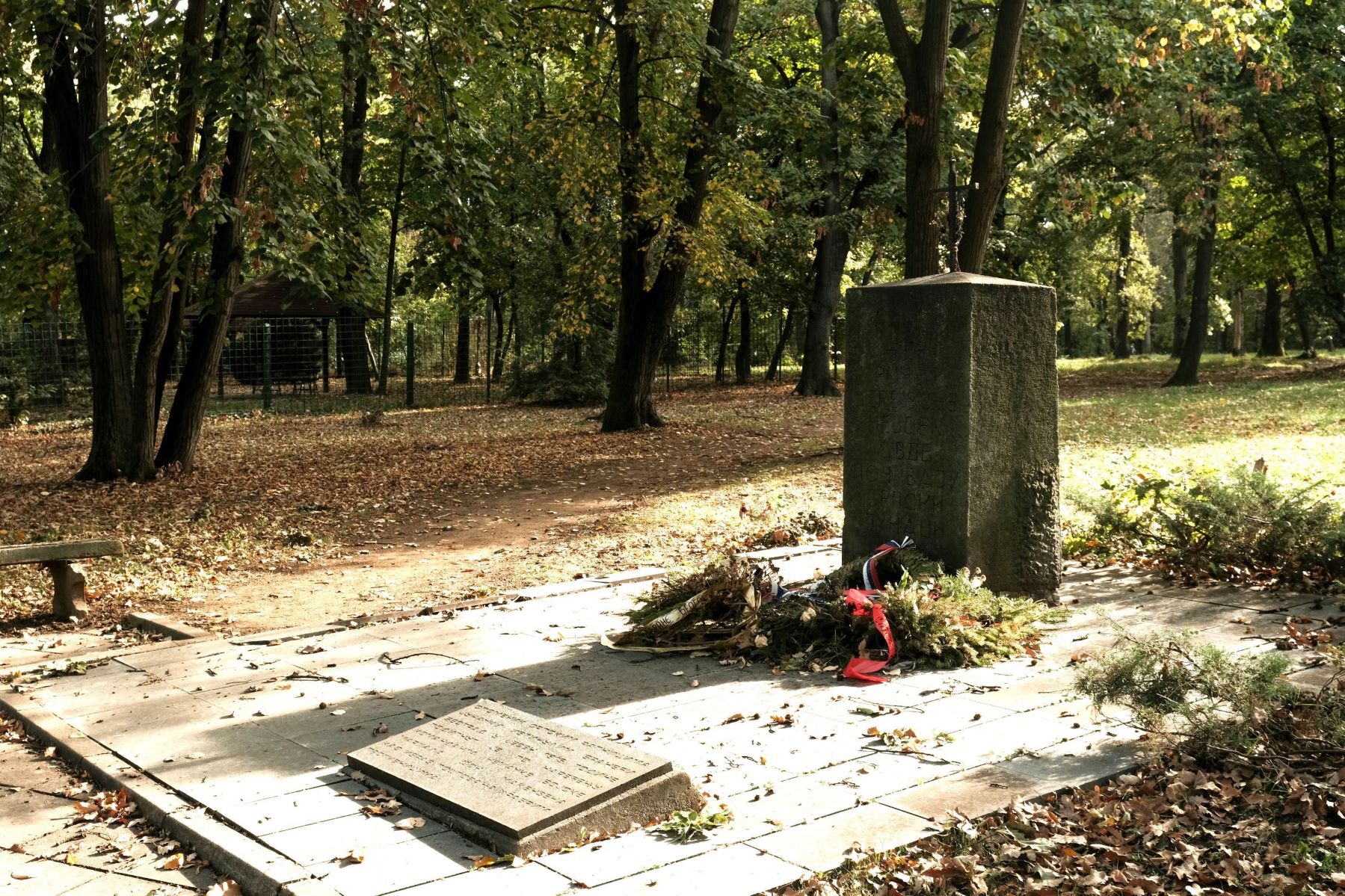

Written by Teodora Danilović






